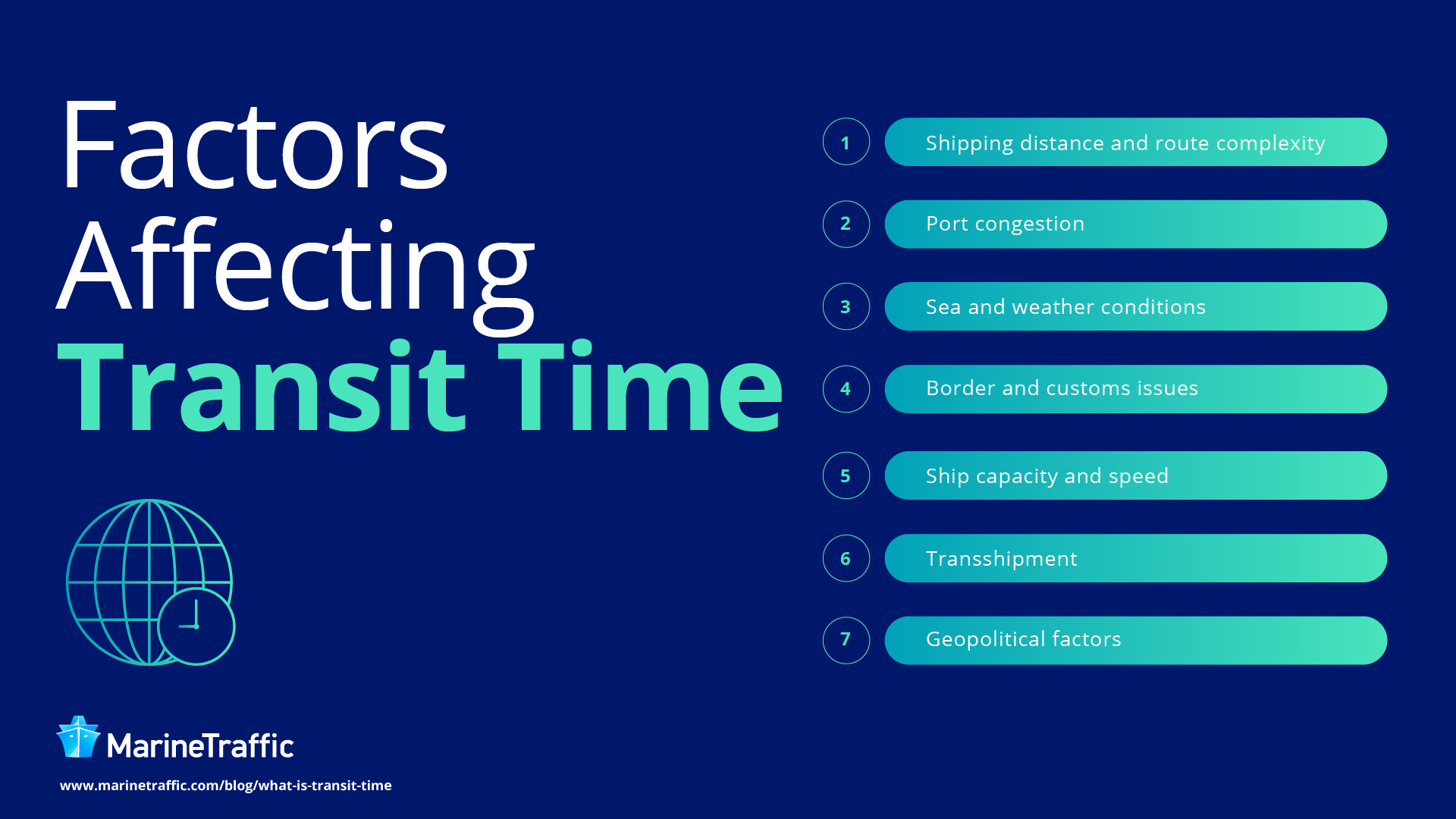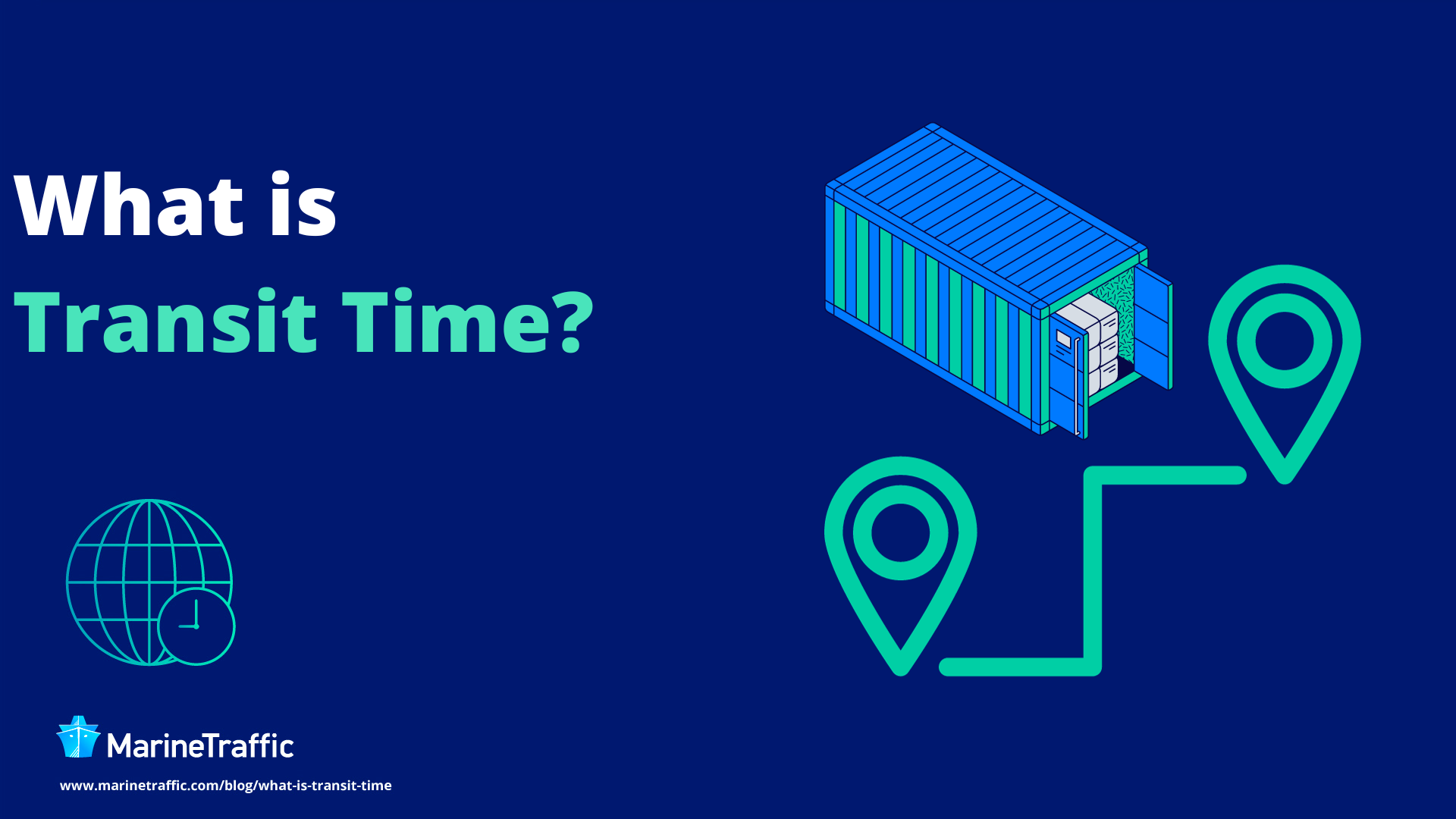When you’re a shipper or part of the ever-evolving supply chain industry, understanding transit time is key to the smooth and efficient movement of goods.
Whether you are shipping from China to Canada or trying to optimise delivery times for your e-commerce business, knowing how long it takes for your shipments to reach their final destination is critical.
In this blog post, you’ll learn everything you need to know about shipping transit time – from what it is and how to calculate it to the factors that influence it and strategies for optimising it.
What is container transit time?
Container transit time is the total amount of time it takes for a shipment to get from point A to point B by a particular mode of transportation.
Transit time is measured from the container’s departure from its point of origin to its arrival at its final destination and can vary depending on the route, the mode of transportation used and other factors.
Whether you’re shipping goods via full container load (FCL) or less than container load (LCL) understanding transit time is important for effective logistics planning.
Efficient management of container transit times can significantly impact customer satisfaction while also minimising costs associated with warehousing or expedited shipping services.
By monitoring average transit times using reliable tracking systems offered by specialised logistics providers, companies can make informed decisions about their inventory management strategies.
Container transit time vs. lead time
Container transit time and lead time are two key terms in the logistics industry that determine the efficiency of supply chains. Although they may appear similar, they should not be confused with each other.
While transit time refers specifically to the duration of the actual transport, excluding any additional processing or administrative delays, lead time encompasses the total time required to process and deliver an order.
Essentially, lead time takes into account the entire process from booking the container to arrival at the destination, i.e., all phases of the shipping process.
It includes not only the transit time of the container but also the time required for booking, preparation, customs clearance, transshipment (if applicable), port operations and last-mile delivery.
Understanding these distinctions is essential for retailers and e-commerce companies looking to provide accurate delivery estimates to their customers.
By analysing historical data on transit times and optimising shipping methods accordingly, companies can shorten lead times and make more accurate delivery predictions.
Factors affecting transit time
Several factors can affect transit time.

Shipping distance and route complexity
Shipping distance and route complexity play a significant role in determining transit time.
The further the shipment needs to travel, the longer it will take to reach its destination.
In addition, complex routes with multiple stops or detours along the way can also extend transit time, as the cargo may have to be transferred to other vessels at intermediate ports.
Port congestion
Port congestion is another factor that can cause delays as ships wait their turn to be unloaded or loaded.
When ports are busy, delays in unloading and loading ships are almost guaranteed.
In congested ports, ships must wait at anchor until a berth becomes available, resulting in additional waiting times and longer transit times.
Sea and weather conditions
Sea and weather conditions also play a role in determining transit times. Adverse weather conditions like storms, heavy fog or rough seas force ships to slow down or take alternative routes for safety reasons.
Such weather conditions often disrupt shipping schedules and result in longer transit times as ships must wait for better weather or adjust their routes to avoid dangerous areas.
Border and customs issues
Border and customs issues can also contribute to longer transit times, especially for international shipments.
Delays at border crossings due to inspections or paperwork complications can cause delays in cargo clearance – especially if there are discrepancies in documentation or inspections are required – and affect overall transit times.
Ship capacity and speed
Vessel capacity and speed are important factors affecting ocean freight shipments’ transit times. If a ship is at maximum capacity or travelling slower, it will take longer for the cargo to reach its destination.
In addition, overcrowded ships may take longer to load and unload cargo, resulting in longer port calls and longer transit times.
Transshipment
Another factor affecting transit times is transshipment, i.e., the transfer of cargo from one ship to another during the voyage at intermediate ports.
This process involves additional handling time and possible delays, which increase the total transit time of a shipment.
Multiple transshipments along the route can even increase the risk of handling errors or misrouting.
Geopolitical factors
Geopolitical factors such as political unrest or conflicts in certain regions can also affect shipping routes and ultimately influence transit times in unpredictable ways.
Trade disputes, embargoes or blockades between countries also disrupt supply chains and result in longer transit times for shipments passing through the affected regions.
How to calculate transit time
Calculating transit time is critical for shippers and businesses to effectively plan their supply chain and meet customer expectations.
To determine an accurate estimate of your shipment’s transit time, historical data on average shipping durations for similar routes can provide valuable insight.
This data helps shippers make informed decisions regarding lead times and inventory-management strategies while optimising the customer experience by providing realistic estimates of delivery times.
You must also try to anticipate the factors that could impact shipment delivery (such as those mentioned in the previous section).
For example, you’d factor in a delay at the port that you know about in advance. While it’s true that you’ll not always know such things in advance, the more information you have, the better.
You can make more accurate predictions about scheduled transit times by measuring schedule reliability, which looks at how reliably carriers can meet promised transit times.
How to optimise container transit time
Shorter transit times mean faster delivery to customers, lower warehousing and shipping costs and higher customer satisfaction. So how can you optimise your container transit times?
Here are some strategies to consider:
First, it’s important to choose the right shipping method – consider alternative modes of transportation (e.g., rail and truck) if needed – and reliable shipping services.
Working with reputable carriers with a track record of on-time deliveries can help ensure smoother transit times. Reliability, frequency and accuracy of transit times should all be considered.
Choosing the most efficient shipping routes can also significantly reduce transit time. Factors such as distance, weather conditions, congestion at certain ports and ship schedules should be considered.
Analysing past shipment data can provide insight into average transit times for different routes and help you plan accordingly.
Optimise processes within your supply chain to minimise delays at every stage, from origin to final destination. For example, familiarise yourself with the customs regulations of different countries to avoid unexpected delays in clearance.
Invest strategically in warehousing. Positioning warehouses near key markets or distribution centres can significantly reduce last-mile delivery times.
Finally, leverage technology and rely on advanced tracking systems, real-time visibility and communication tools that allow you to monitor shipments and proactively intervene when needed.
Reduce transit time with real-time container visibility
Optimising both container transit time and lead time requires careful planning and execution, but it means shippers can minimise transit times while maintaining cost efficiency in their operations.
Remember that every supply chain is unique, so it’s important to identify your specific needs and requirements.
Next, why not book a free demo and learn more about how MarineTraffic can help you monitor your freight shipping and, ultimately, freight transit times?

